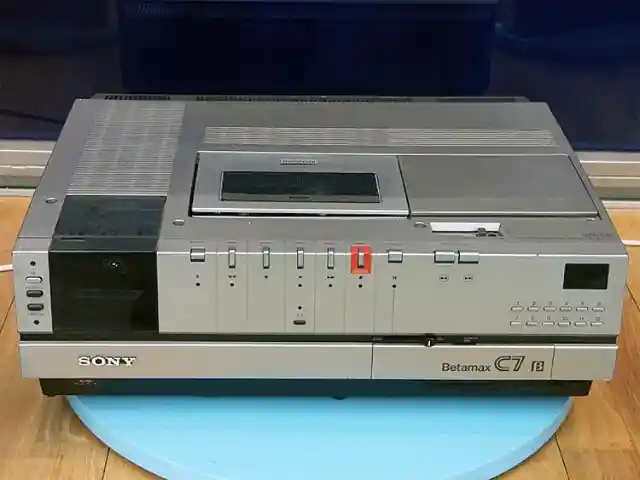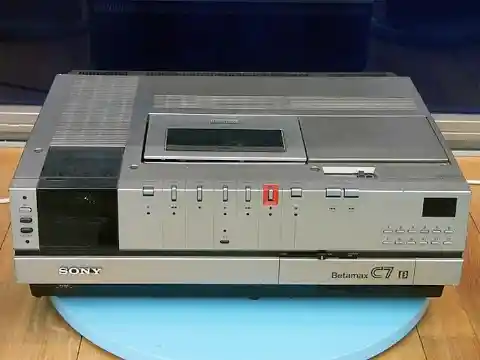What Could Be Better Than Betamax?
Betcha there are quite a few people who don’t know what Betamax is.
Long, long ago (well, really not that long ago), there wasn’t any streaming – or even DVDs. Tapes were at the forefront of technology when it came to viewing movies at home. In simple terms, easy-to-view Betamax tapes provided content on rolls of cinematic tape, as opposed to being digitally etched on CDs. Magically, or so it seemed, you could easily view your favorite flicks while lounging at home in your oh-so-comfy La-Z-Boy.
But soon, Betamax found it wasn’t the only player in town.


Quality. Simplicity. Availability. Betamax had it all, and made other home video options seem cumbersome and obsolete.
All of the Betamax equipment functioned seamlessly, which enabled even novice users to up their home entertainment skills. Suddenly, watching movies at home was as easy as the touch of a button, and consumers felt empowered to choose when and where they could escape into movieland. Adding to the Betamax buzz: Standard tapes were bulky and required more storage space than Betamax, which boasted a sleeker shape that helped reduce clutter.
However, Betamax wasn’t without its drawbacks. Betamax tapes could only record for a total of 60 minutes. Recording a child receiving their kindergarten “diploma”? Sure, Betamax fit the bill. But if you planned on viewing a long, long movie such as Lawrence of Arabia, you needed four tapes that required being swapped out several times during the course of your movie viewing.
Additionally, VHS allowed you to replay your recording on a camcorder and view it on the small camcorder screen. Betamax offered no such convenient method of replaying your recording almost instantaneously.
VHS: Playing At A Home Theater Near You


With its compact design and slightly superior video quality, Betamax had a firm grip on the home video market – until VHS started to gain the upper hand.
Pricing became one of the biggest differentiators between Betamax and VHS, and most likely served to speed up the end of Betamax bliss. Sony maintained a licensing policy that stipulated that if any non-Sony entity wanted to put their movies on Betamax, they would have to buy a license from Sony. In contrast, VHS offered an open license, which subsequently allowed studios to lower the prices of their products; the savings were then passed on to consumers. For example, in 1987 Paramount Pictures offered the movie Top Gun for a little less than $27; previously, even VHS tapes routinely cost $100 or more. As with many things, money talks, and word of mouth began to give VHS the edge over Betamax.
Closing Credits
Surprisingly, Sony didn’t begin manufacturing their own VHS tapes until 1990, and the company continued to produce Betamax until 2002. As a result, Sony lost billions of dollars in potential revenue over 20 years while it continued to hold out hope that the popularity of Betamax would be reborn. But in the end, the sleeker size of Betamax and its nearly infinitesimal better visual quality were not enough to maintain its popularity among movie watchers.
VHS became a hit. And that meant it was lights out for Betamax.